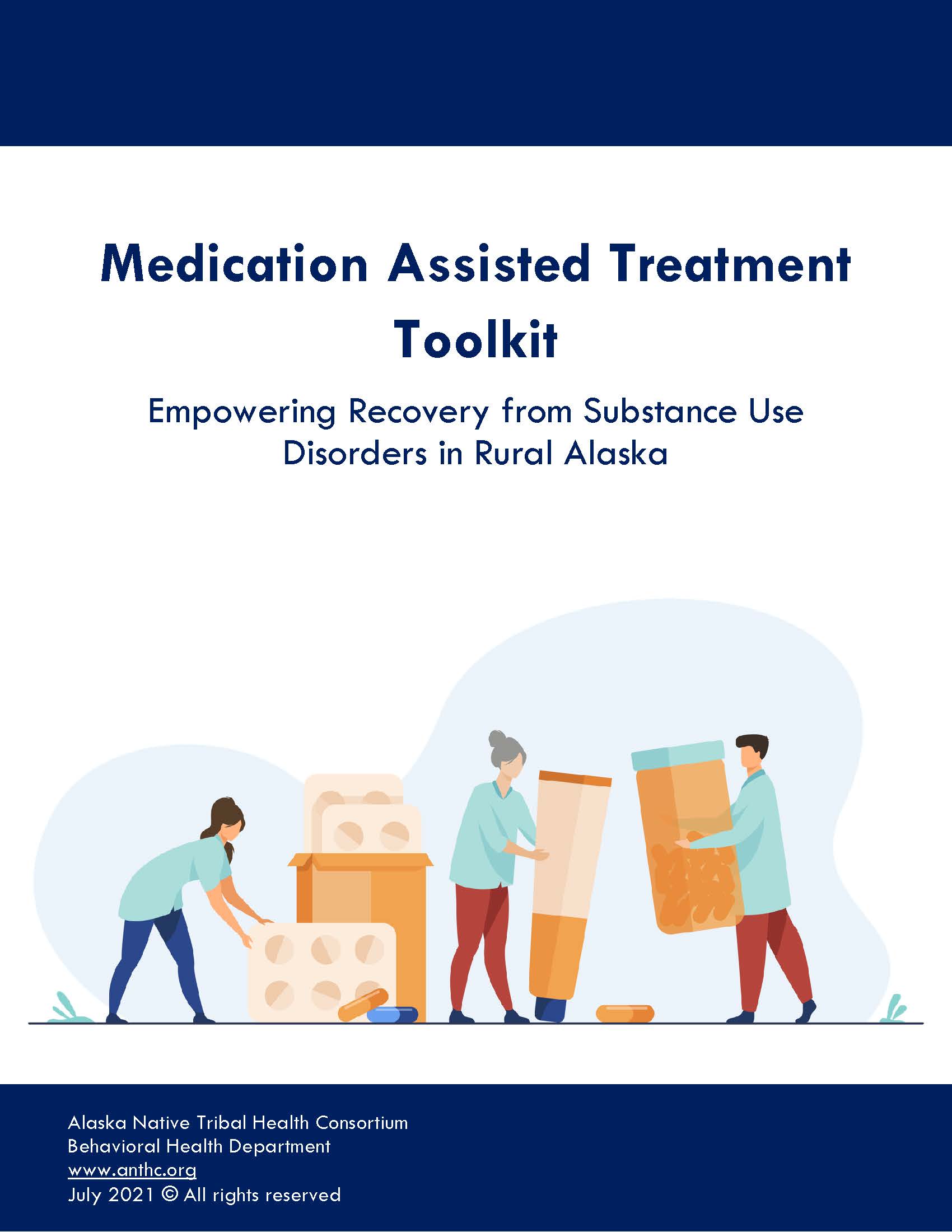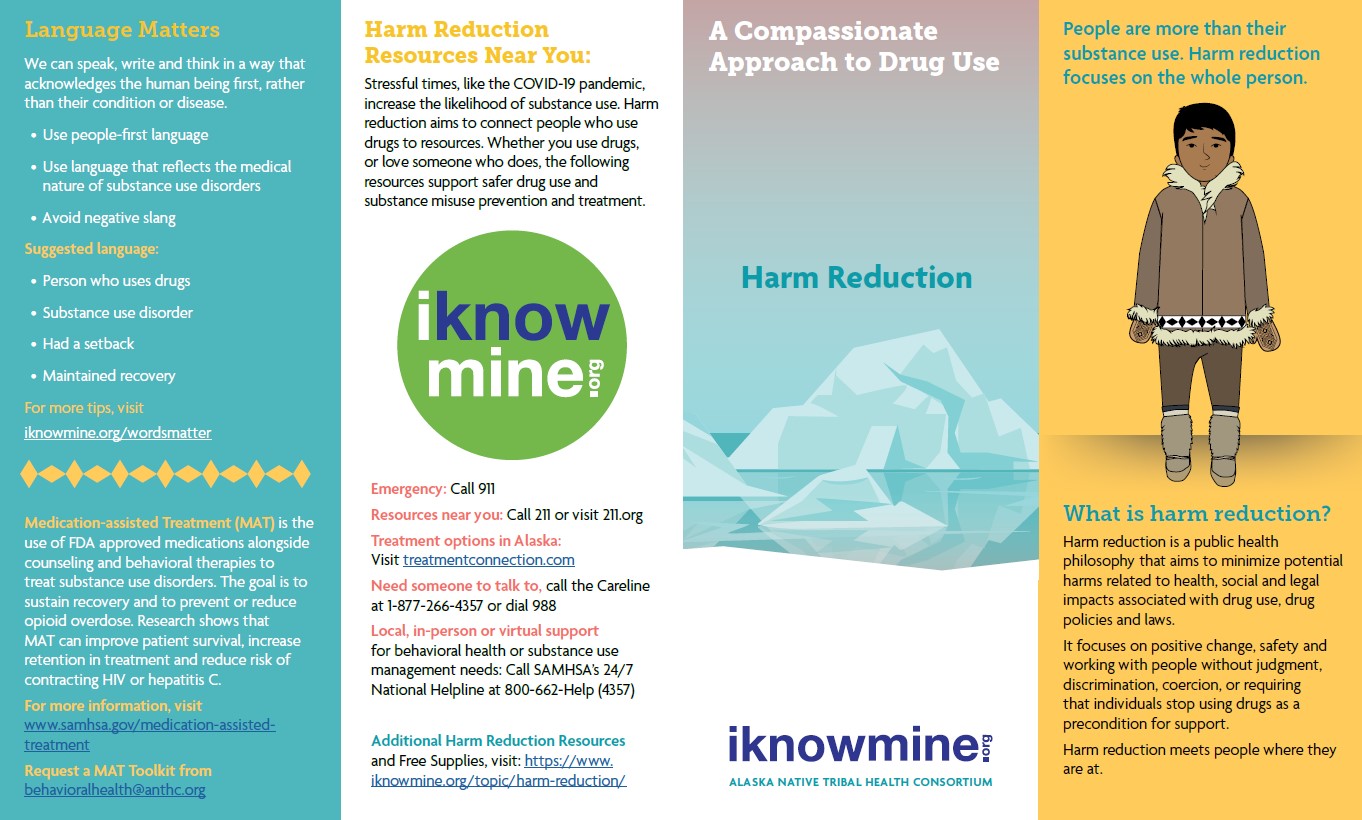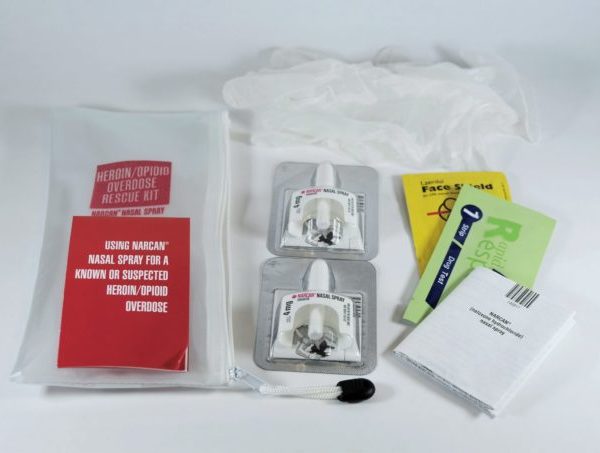“In all my years as a physician, I have never, ever met an addicted person who wanted to be an addict.” – Dr. Nora Volkow, NIDA Director
What is MAT?
Medication-assisted treatment (MAT) is the use of medications with or without counseling and behavioral therapies to treat substance use disorders and prevent opioid overdose.
MAT may also be known as addiction medicine, medications for addiction treatment, medications for opioid use disorder (MOUD), or pharmacotherapy. Medications used in MAT are approved by the Food and Drug Administration (FDA), and MAT programs are designed for each specific person.
Overarching benefits of MAT
There are numerous positive outcomes associated with the utilization of addiction medicine (SAMHSA, 2018). MAT programs are clinically driven and tailored to meet each patient’s needs. To begin with, MAT saves lives. In 2014, Director Michael Botticelli from the White House Office of National Drug Control Policy stated: “Access to medication assisted treatment can mean [the] difference between life or death.”
Overall, MAT has been found to:
- Reduces risk of overdose, even for people who use multiple substances
- Improved physical health, almost immediately for tobacco use
- Improved mental health, especially improved mood and anxiety levels after initial withdrawal symptoms are addressed
- Improve treatment retention and outcomes
- Improve birth outcomes for pregnant women
- Enhance community reintegration following release from the criminal justice system
- Improve social functioning and rates of employment
- Increase quality of life, and sense of mastery and wellbeing
- Decrease craving which is strongly associated with a return to substance use; acts as a mediator for treatment outcomes and quality of life.
- Most people spend their time out of treatment; addiction medicine is beneficial for transitioning back into the community
What does it do?
MAT operates in four ways. First, MAT corrects the changes in the brain that have occurred due to regular, consistent use of a substance beyond physical dependence. Physical dependence is normal and occurs from regular use of most substances, like coffee or sugar, and is reversed with a slow taper. While MAT maintains the existing physical dependence to prevent cravings, withdrawal symptoms and blocking the positive effects. This allows a person with a substance use disorder to make changes to rewire their brain and normalize body functions that have been changed by addiction. Once the destructive brain changes have been reversed, a person can slowly taper off MAT to resolve remaining physical dependence.
What medications exist?
Medications exist to treat opioid, alcohol, and tobacco use disorder. There is no approved medication for treating stimulant (e.g, cocaine or methamphetamine) use disorder. People who are using meth and opioids have pourer retention in MAT programs, however, people who stay engaged in MAT programs reduce their meth use.
Opioid use disorder medications: Methadone, Buprenorphine (i.e., Suboxone, Subutex, Sublocade
Alcohol use disorder medications: Naltrexone, Acamprosate, Disulfiram (i.e., Antabuse)
Tobacco use disorder medications: Nicotine Replacement (NR), Varenicline (i.e., Chantix), Bupropion (i.e., Zyban)
Correcting MAT misconceptions
One of the most common misconceptions is that methadone and buprenorphine is just substituting one drug for another. Just because a medication has a value on the street does not mean that it is being used to “get high.” MAT is medically supervised, offers support for recovery by normalizing the biological effects of a substance use disorder to help a person create stability so they can function in their daily life.
If you would like to learn more about medication-assisted treatment talk to your doctor or call the National Help Line at 1-800-662-HELP (4357).




